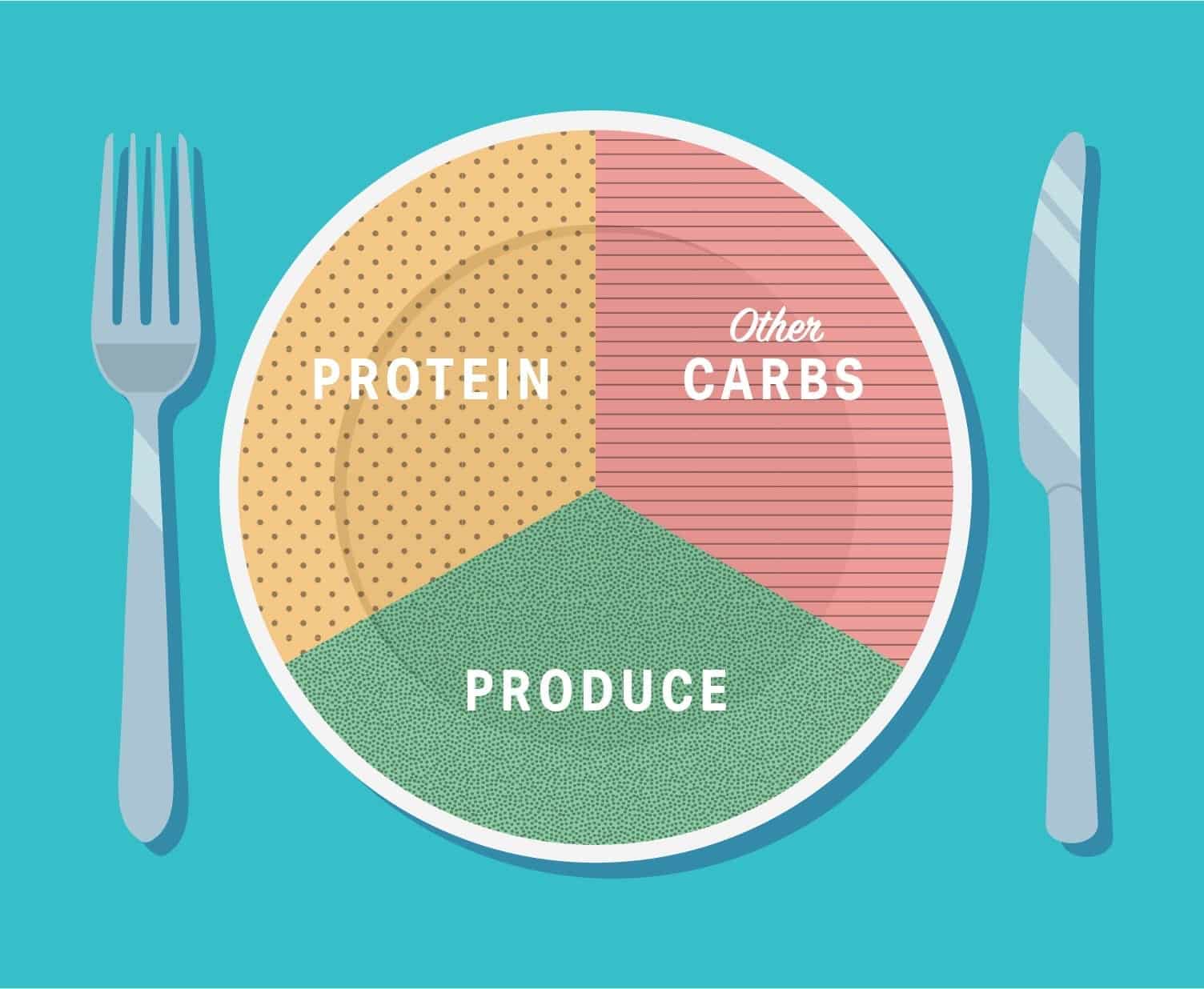Whether you’re a serious athlete or a weekend warrior, what you eat plays a vital role in how you perform. After all, your diet fuels your muscles and keeps you moving.
You probably know macronutrients — protein, carbs and fat — are the building blocks of your nutrition. But what you might not know is phytonutrients (chemical substances found in plants) can give your training an edge by helping your body work and recover.
“One of the major benefits of phytonutrients for athletes is the role they play in reducing inflammation,” says Leslie Bonci, RDN. She notes that pain is often a part of training and competing, but that it can quickly derail your performance and even leave you sidelined. Fortunately, eating the right foods can help keep you stay fit and healthy.
“There are a lot of athletes and active people who are overly reliant on over-the-counter analgesics and anti-inflammatories, which may be detrimental to long-term health — especially the liver and kidneys,” says Bonci. “Food is the better way to go.”
- READ MORE: Why We Should Pay More Attention to Phytonutrients
The phytonutrients that are most beneficial to athletes include anti-inflammatory agents as well as substances that protect the lungs, skin and immune system. Below, Bonci shares some of her favorites, and how they can help athletes perform.
Polyphenols — think berries, tart cherries and pomegranates — have powerful anti-inflammatory effects. Bonci notes that pomegranates, in particular, may prevent the loss of strength associated with inflammation, and anthocyanins in tart cherries may suppress the enzymes that cause inflammation in the first place.
The quercetin in apples, onions and potato skins works to support your immune system, which can be compromised with hard training.
Carotenoids, which are found in orange and yellow produce like carrots, bell peppers and squash, can help protect the skin and lungs — major organs that are important to everyone, but especially outdoor endurance athletes.
The lutein and zeaxanthin in green leafy vegetables may improve eye health, acting as the eyes’ inner sunglasses to enhance vision quality, reduce glare and promote quicker reaction time and pattern recognition. Hesperidin in oranges can increase power output, and isoflavones in soy foods can protect your bones.
“All athletes can benefit from phytonutrients, regardless of sport,” says Bonci. “But most athletes fall far short of their daily fruit and vegetable requirements, especially those who are produce shy or on low-carb diets.”

To get your phytonutrients, as well as your protein, fat and carbs, Bonci suggests filling your plate with about 1/3 protein, 1/3 produce and 1/3 other carbs. “If soy foods are part of your protein, then you are in the bonus round with both phytos and protein,” says Bonci. When loading up on fruits and vegetables, she advises to think in colors, like dark green, orange, red, yellow and white for a well-rounded variety of foods. And for carbs, reach for potatoes, corn, brown rice, whole wheat and oats for a dose of phytonutrients that will also help you hit your macro goals.
Don’t diverge from this tried-and-true plan during snack time. If you need a between-meals snack or want a little something before or after a workout, Bonci likes walnuts, pistachios and tart cherries — all three are high in anti-inflammatory promoting phenols.
“Anything and everything an athlete can do to optimize performance while minimizing discomfort can be an advantage,” she says. You might as well exploit it.









